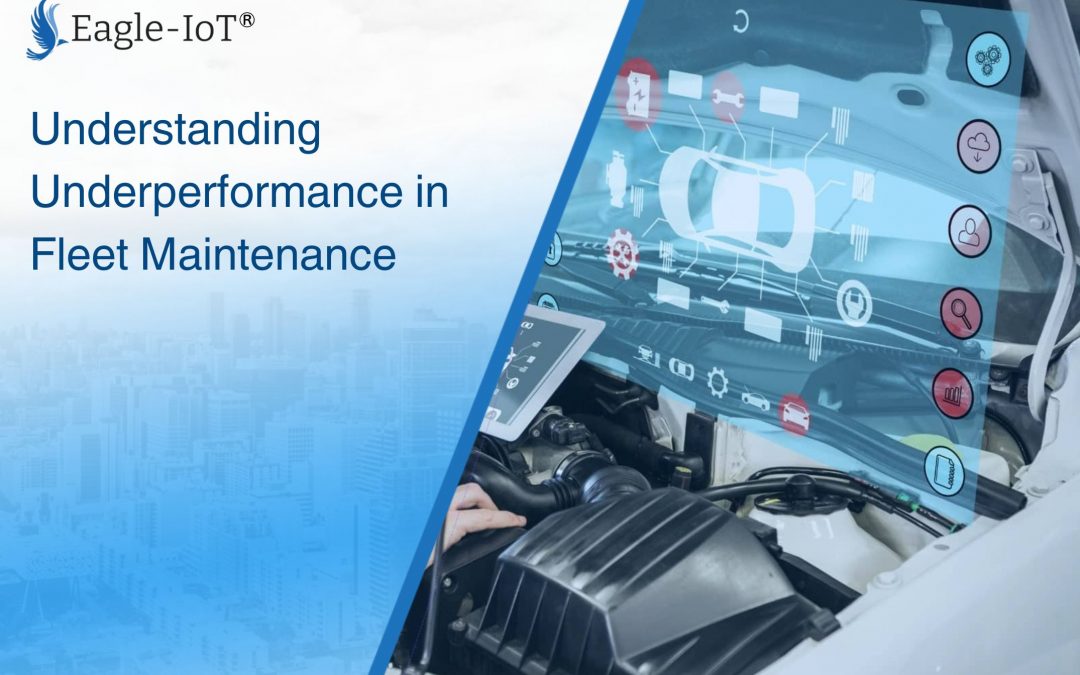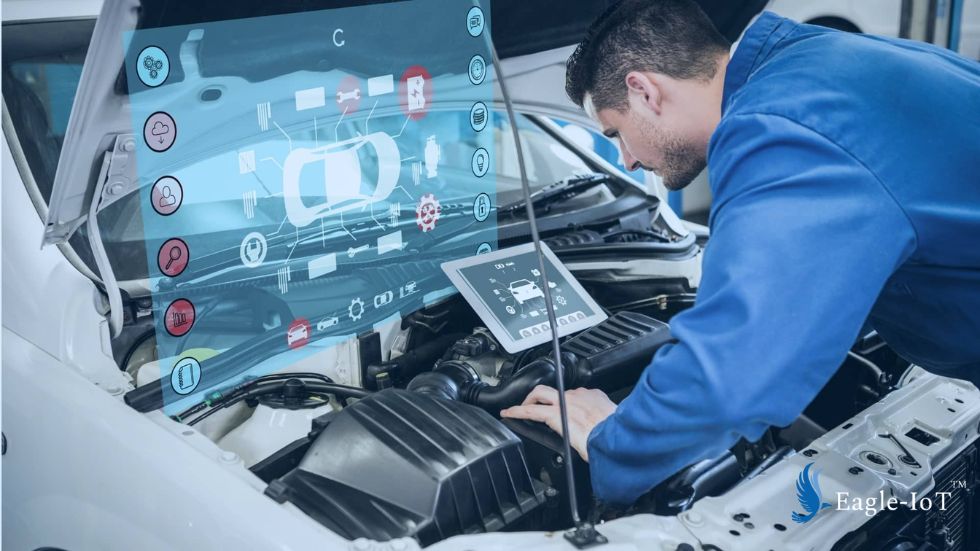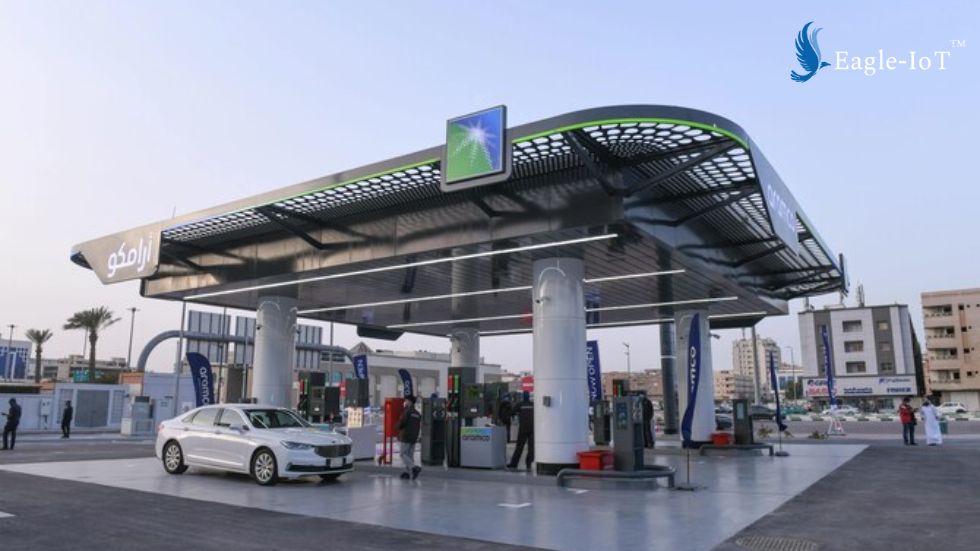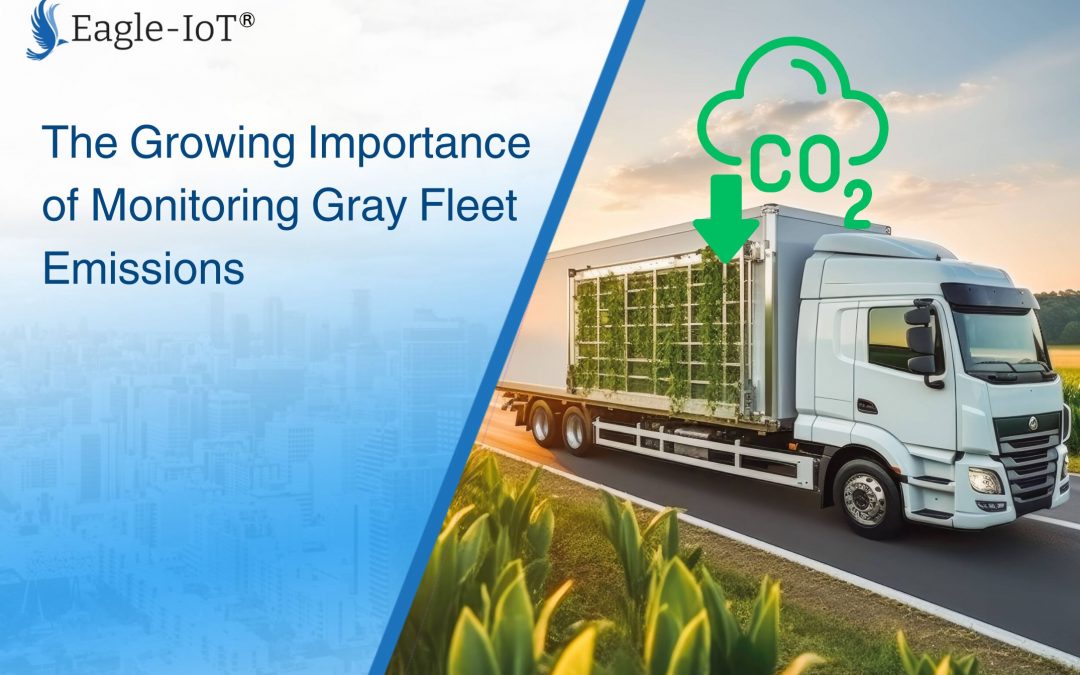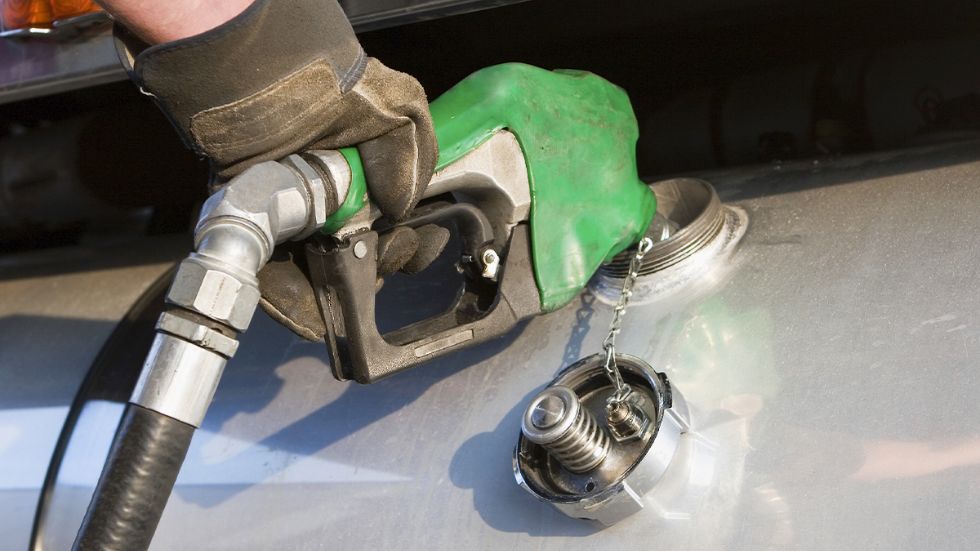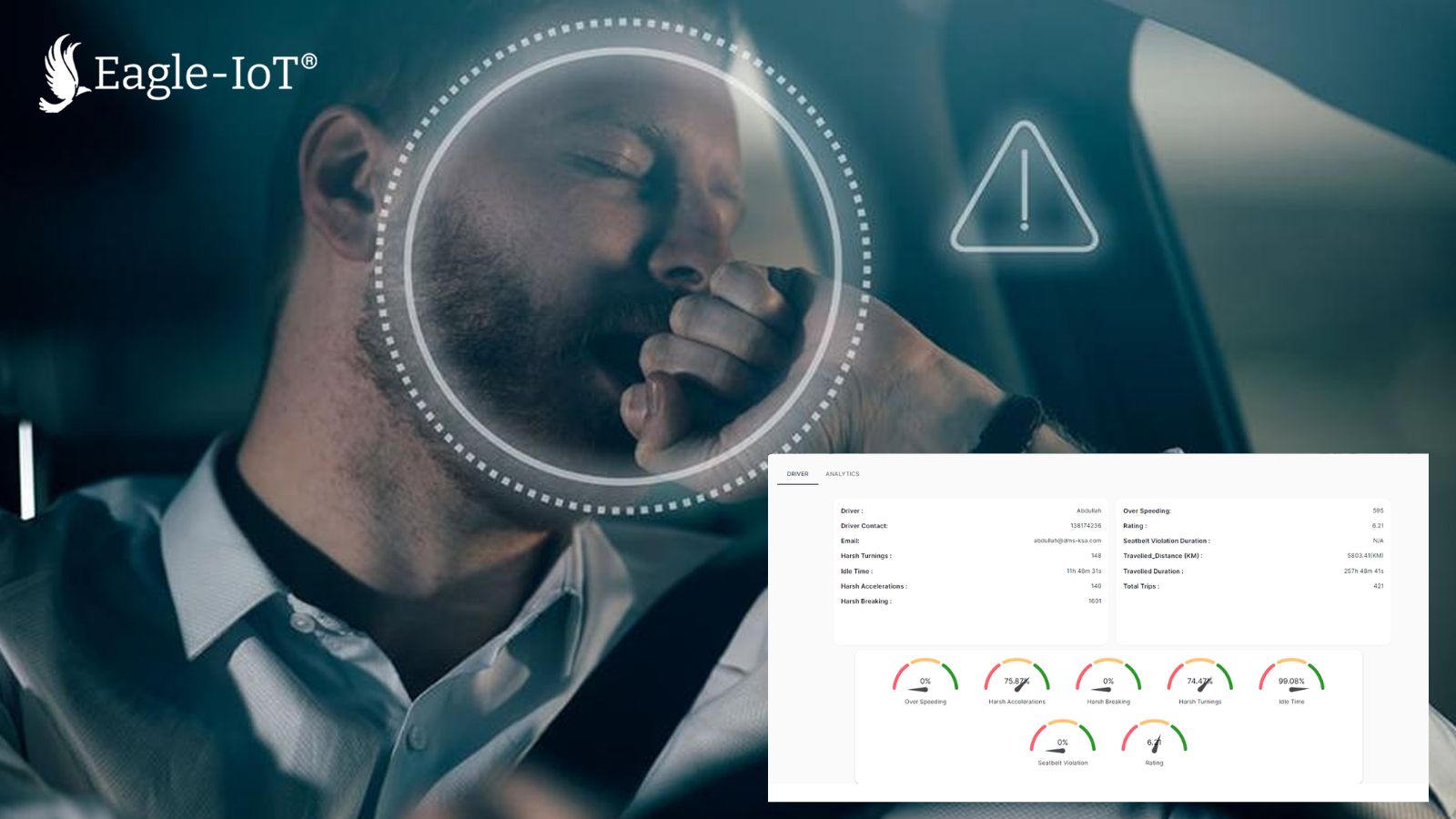
Safety, Compliance, & Efficiency: Level Up Your Bus Fleet for Aramco Compliance
Technology is revolutionizing bus fleet operations, shifting the paradigm from manual processes and intuition to data-driven insights and automation. Advanced technologies are transforming fleets to be safer, more efficient, and sustainable.
Safety First: Protecting Drivers and Passengers
Safety is a top priority for any fleet. A proactive approach to safety not only protects drivers and passengers but also enhances the company’s reputation and minimizes operational disruptions. To enhance fleet safety, fleet managers should consider a multi-layered approach. Equipping vehicles with multi-channel dashcams acts as a impartial witnesses to every trip that not only provides a valuable evidence in accident investigations but also contribute to a significant reduction in accident rates and insurance claims.
Leveraging Advanced Technologies
Implementing AI-powered Driver Monitoring System (DMS) proactively detects signs of driver fatigue, such as eye closure and head tilting, alerting drivers in real-time to prevent accidents caused by drowsiness. This proactive intervention not only safeguards drivers but also minimizes the risk of collisions, protecting other road users and cargo.

Studies from the National Highway Traffic Safety Administration (NHTSA) reveal that fleets equipped with dashcams see a 22% reduction in accident rates. Advanced Driver-Assistance Systems (ADAS), which include features like Lane Departure Warning (LDW), Forward Collision Warning (FCW), and Automatic Emergency Braking (AEB), work seamlessly to anticipate and mitigate potential collisions. LDW alerts drivers when they unintentionally drift out of their lane, while FCW provides timely warnings of impending frontal collisions. In critical situations, AEB can automatically apply the brakes to prevent or mitigate the impact of a collision. These systems not only alert drivers to potential hazards but can also take action to prevent collisions. For instance, Forward Collision Warning has been shown to reduce rear-end crashes by up to 27%, according to the Insurance Institute for Highway Safety (IIHS).
Fleets can further enhance safety with in-cabin cameras and Passenger Warning and Alert Systems (PWAS) to deter vandalism and alert drivers to potential hazards within the vehicle. Eagle-IoT offers In-cabin screens which can be served as communication hubs by displaying real-time route information, safety messages, and passenger announcements, while also offering opportunities for revenue generation through advertising.

Efficiency Matters: Optimizing Fleet Operations
Efficiency is critical for operational success, and advanced technologies are enabling fleets to achieve new levels of optimization. Eagle-IoT’s Mobile Digital Video Recorders (MDVRs) go beyond recording trips by integrating with fleet management systems to analyze driver behavior, fuel consumption, and maintenance needs, leading to a 15% improvement in operational efficiency (Frost & Sullivan).
Passenger counter cameras provide accurate data on passenger loads, enabling better scheduling and resource allocation. By analyzing this data, operators can reduce overcrowding and ensure optimal bus deployment. Real-time data analytics platforms further enhance efficiency by providing access to vehicle location, speed, and driver behavior. According to a report by MarketsandMarkets, real-time fleet management solutions can cut operational costs by up to 20% by improving route planning and reducing fuel consumption.
Visibility: Eliminating Blind Spots
Visibility is crucial for safe fleet operations. Advanced camera systems play a crucial role in enhancing driver safety by eliminating blind spots and significantly improving situational awareness. Eagle-IoT’s 360-degree external camera systems provide drivers with a comprehensive view of their surroundings, minimizing blind spots and allowing for safer maneuvering.
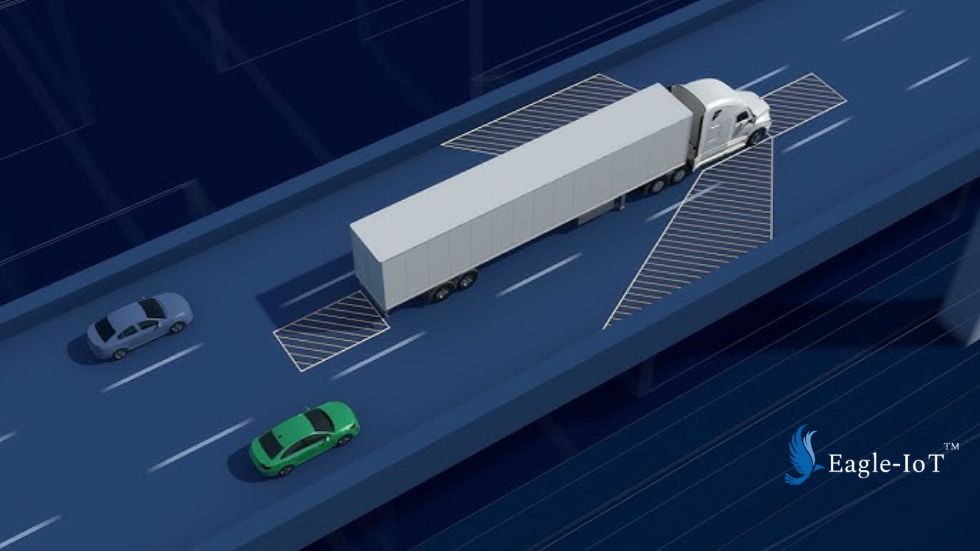
Side-view cameras and blind spot detection systems actively alert drivers to vehicles or obstacles in their blind spots, significantly reducing the risk of lane-change accidents (a 14% reduction reported by the European Road Safety Observatory).
For night-time operations, Eagle-IoT experts recommend the use of infrared cameras and night vision cameras to ensure clear visibility in low-light conditions, enabling safe and efficient operations. By incorporating these advanced camera systems, fleets can significantly enhance driver safety, reduce the risk of accidents, and improve overall operational efficiency.
Compliance and Sustainability
Adhering to regulations and maintaining operational excellence are crucial for fleet success. Compliance with industry standards, such as those set by Aramco, often necessitates the adoption of specific safety technologies and adherence to defined operating procedures.
- Real-time Event Alerts: Real-time event alerts, triggered by sudden braking, speeding, or other critical incidents, provide fleet managers with immediate insights into potential safety concerns. By analyzing these alerts, managers can implement targeted driver training programs, leading to a 12% improvement in overall fleet safety (FMCSA).
- Sustainability: Optimized routes, reduced fuel consumption, and minimized emissions enhance operational performance while contributing positively to the environment.

Investing in the Future of Fleet Safety
Eagle-IoT offers a comprehensive suite of solutions to enhance fleet safety and efficiency. Our cutting-edge technologies, including AI-powered Driver Monitoring Systems (DMS), advanced ADAS features, PWAS, and real-time fleet tracking, provide valuable data insights to optimize operations and improve driver safety.
Investing in these safety and efficiency enhancements demonstrates a strong commitment to road safety, environmental responsibility, and operational excellence. It not only protects drivers and passengers but also strengthens the fleet’s competitive advantage and enhances its reputation.
Contact Eagle-IoT today to learn more about how our solutions can help your fleet achieve new levels of safety, efficiency, and sustainability.

